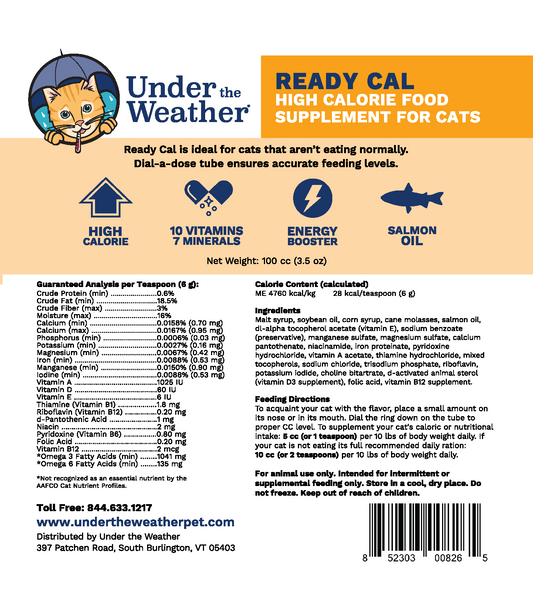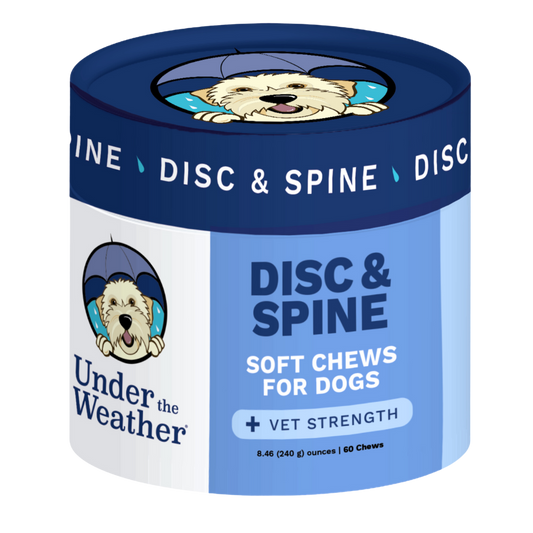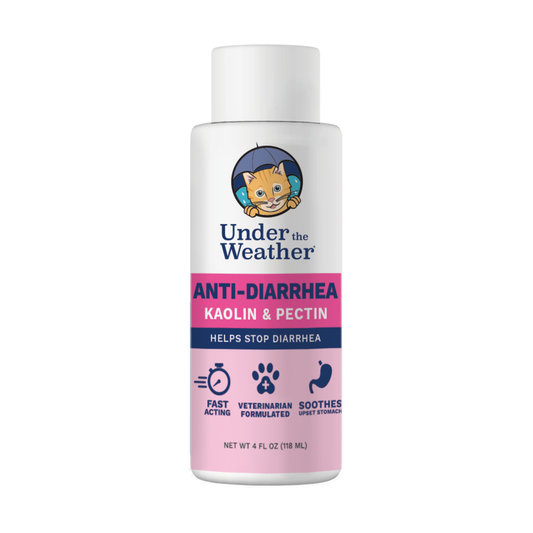Taking a road trip with your furry friend can be an exciting adventure. However, for some dogs, the car can be a source of anxiety and stress. In this article, we will explore various strategies and tips to help calm your dog during car rides, ensuring a relaxing and enjoyable journey for both of you.
Understanding Your Dog's Car Anxiety
Car anxiety in dogs is a common issue that can manifest in various ways. Some dogs might show signs of restlessness, panting, pacing, drooling, or even vomiting while in the car. It's important to recognize these signs as indications of stress and take appropriate steps to help your dog feel more comfortable.
One key aspect to consider when addressing your dog's car anxiety is the importance of desensitization and counterconditioning. Desensitization involves gradually exposing your dog to the car in a positive and controlled manner, helping them build a more positive association with car rides over time. Counterconditioning, on the other hand, involves pairing the experience of being in the car with something enjoyable for your dog, such as treats or their favorite toy, to help change their emotional response.
The Signs of Stress in Dogs
Dogs communicate their stress through various behaviors. Look out for signs such as excessive panting, trembling, whining, barking, or trying to escape the car. In some cases, dogs may display more subtle signs like reduced appetite, lip licking, or excessive yawning. Keeping an eye on these signals will allow you to intervene and address your dog's anxiety in a timely manner.
It's also important to note that each dog is unique, and their response to car rides may vary based on their individual temperament and past experiences. Some dogs may simply need more time and patience to adjust to car travel, while others may benefit from additional training or professional guidance to overcome their anxiety.
Why Some Dogs Fear Car Rides
Several factors can contribute to a dog's fear of car rides. Negative associations with past car rides, such as experiencing motion sickness or painful car accidents, can leave a lasting impact. Additionally, some dogs may simply find the unfamiliar sounds, smells, and movements of a car ride overwhelming. Understanding the underlying cause of your dog's fear can help you tailor your approach to calming them during car journeys.
For some dogs, the fear of car rides may also be linked to a lack of exposure during their critical socialization period as puppies. Dogs that were not introduced to car travel in a positive and gradual manner during this developmental stage may be more prone to developing car anxiety later in life. By providing gentle and positive experiences with the car from a young age, you can help prevent future anxiety and build a strong foundation for comfortable car travel with your furry companion.

Preparing Your Dog for the Car Journey
Before embarking on a road trip, it's essential to prepare your dog for the car journey to minimize stress and anxiety. Slow and gradual introduction to car rides, as well as familiarizing your dog with the car environment, can make a significant difference in their comfort level during travel.
Ensuring your furry companion is comfortable and at ease during car journeys is crucial for both their well-being and your peace of mind. By taking the time to acclimate your dog to the car and the travel experience, you can help them feel more secure and relaxed on the road.
Gradual Introduction to Car Rides
If your dog has never been in a car or has had negative experiences, it's best to start with short, positive car rides. Take your dog on short trips around the block, gradually increasing the duration. Provide plenty of praise, treats, and reassurance to create positive associations with the car.
Building positive associations with car rides is key to helping your dog feel comfortable and safe during travel. By starting with short trips and gradually extending the duration, you can help your dog adjust to the motion and sounds of the vehicle, reducing the likelihood of anxiety or motion sickness.
Familiarizing Your Dog with the Car Environment
Allow your dog to explore and become familiar with the car before the actual journey. Keep the car doors open and let them sniff around. You can also place their bed or familiar blanket inside the car to make it feel more comfortable and familiar. These small steps can go a long way in reducing anxiety.
Creating a familiar and inviting environment inside the car can help your dog feel more at ease during travel. By incorporating their favorite toys, blankets, or bedding, you can provide a sense of comfort and security that can make the journey more enjoyable for your four-legged friend.

Practical Tips for Calming Your Dog in the Car
Along with the preparation, there are several practical tips you can incorporate to create a calming environment for your dog during car rides.
Traveling with your furry companion can be a delightful experience, but for some dogs, it can be a source of stress and anxiety. By implementing the following strategies, you can help make car rides a more pleasant and relaxing experience for your four-legged friend.
Comfortable Dog Car Seats and Harnesses
Investing in a comfortable, well-fitting car seat or harness can provide your dog with a sense of security and stability. These products are designed to keep your dog safe and prevent them from being jostled around during the journey. Choose one that suits your dog's size and needs and acclimate them to it before the trip.
Additionally, consider placing familiar blankets or bedding in the car seat to create a cozy and familiar environment for your dog. The scent of their own belongings can have a calming effect and make them feel more at ease during the ride.
The Role of Toys and Distractions
Toys and distractions can help redirect your dog's attention away from their anxiety. Provide them with their favorite toys and interactive puzzles to keep their minds engaged and calm. Chew toys or treat-dispensing toys can also be excellent distractions during the journey. Remember to avoid any toys that could be a choking hazard or cause discomfort.
Interactive toys, such as puzzle feeders or Kong toys filled with frozen peanut butter, can not only keep your dog occupied but also provide mental stimulation, which is essential for reducing anxiety. Introducing these toys as part of your pre-travel routine can help create a positive association with car rides and make them more enjoyable for your canine companion.
The Importance of Breaks During Long Car Rides
For longer road trips, it's crucial to plan for breaks to give your dog a chance to stretch their legs, relieve themselves, and get some exercise.
Additionally, breaks are not only beneficial for your furry companion but also for you as the driver. Taking regular breaks can help combat driver fatigue, improve focus, and reduce the risk of accidents on the road. It's essential to prioritize safety for both you and your pet during long journeys.
Planning Your Route with Dog-Friendly Stops
Prioritize routes that have dog-friendly rest areas or parks along the way. These stops will provide an opportunity for your dog to explore new surroundings and release any pent-up energy. Researching and planning these breaks in advance will make the journey more enjoyable for both you and your furry friend.
Incorporating scenic stops or pet-friendly attractions into your route can turn a mundane car ride into a memorable adventure for both you and your dog. Whether it's a pet-friendly beach, a hiking trail, or a dog park, these stops can add excitement and enrichment to your road trip experience.
Exercise and Playtime During Breaks
During breaks, engage your dog in activities that they enjoy, such as playing fetch or going for a short walk. Physical exercise can help reduce anxiety and keep your dog relaxed during the rest of the journey.
Remember to pack essentials like water, food, and toys to keep your dog comfortable and entertained during breaks. Providing a familiar blanket or toy can also help reduce any travel-related stress or anxiety for your furry companion, ensuring a smoother and more enjoyable journey for both of you.
Consultation with a Vet for Severe Car Anxiety
If your dog's car anxiety is severe or does not improve with the aforementioned tips, it is advisable to seek the guidance of a veterinarian.
When it comes to seeking professional help for your dog's car anxiety, it's important to understand that each furry friend is unique and may require a personalized approach to address their specific needs. A veterinarian specializing in animal behavior can conduct a thorough assessment to pinpoint the underlying causes of your dog's anxiety.
By delving into factors such as past experiences, temperament, and triggers, they can tailor strategies to help your canine companion feel more at ease during car rides.
When to Seek Professional Help
If your dog's anxiety significantly hinders their ability to travel comfortably, it may be beneficial to consult with a professional who specializes in animal behavior. They can assess the underlying causes and provide tailored strategies to alleviate your dog's car anxiety.
Moreover, seeking professional help early on can prevent the escalation of your dog's car anxiety, leading to a more positive and stress-free travel experience for both you and your pet. Remember, addressing behavioral issues promptly can contribute to a happier and healthier bond between you and your furry friend.
Medication and Therapies for Dog Car Anxiety
In some cases, a veterinarian may prescribe medication or recommend therapeutic techniques to manage your dog's car anxiety. These can range from anti-anxiety medications to behavior modification therapies. Always consult with a professional before starting any form of medication or therapy.
Additionally, it's essential to approach the use of medication or therapies for your dog's car anxiety with caution and under the guidance of a qualified veterinarian. Understanding the potential side effects, dosage requirements, and long-term implications of any treatment is crucial in ensuring the well-being of your beloved pet.
Conclusion
Understanding and addressing your dog's car anxiety is essential for a stress-free road trip. With gradual exposure, positive associations, and the right strategies, you can help your furry companion feel calm and comfortable during car rides. Remember, every dog is unique, so patience and consistency are key. Happy travels!












